
Among the many Internet TV brands, the earlier development of LeTV and the use of youth brand and subversion brand Xiaomi are two of the most popular Internet TV brands. In recent days, both companies have also released the latest high-end flagship TVs, Xiaomi TV 3 and LeTV Super 4 Max70, priced at 9999 yuan and 12,999 yuan respectively. The same type of positioning high-end flagship, the price difference of 3,000 yuan, in the end what is the difference between the two?
First, the screen in the screen material, millet TV is used in 2016 just put into production Sharp imported 10th generation line panel.
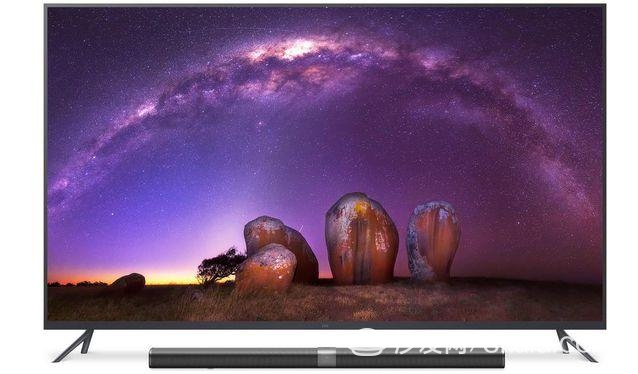
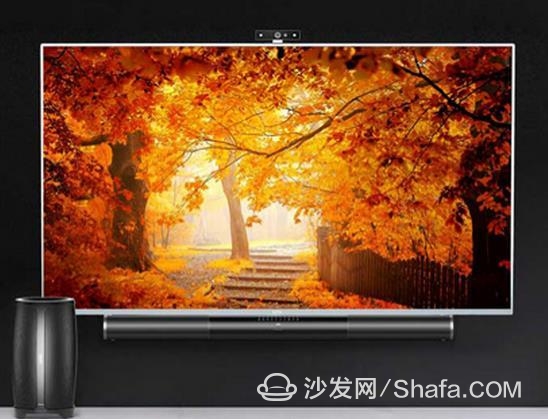
Second, the main chip is an important part of television, which determines the decoding and running speed of TV. Xiaomi TV uses the flagship TV chip MSt**A928.
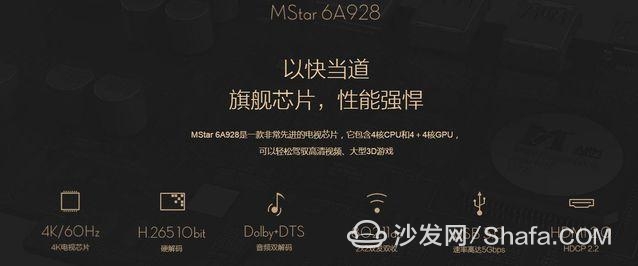

And in the 4K hardware decoding only support 4K 30Hz, that is to say for 4K movies and TV shows, can only watch 30Hz format video, this is not a high-end chip should have specifications. On the other hand, this split scheme has a strong dependence on NovaTek's screen-end chips, so it is doomed to be sold out, so LeTV's split is a fake split.
Millet TV 3 70-inch fully supports 4K 60Hz and HDMI 2.0, for the TV can only support 4K 30Hz will be its fatal flaw. For a 4K 30Hz TV, 30 frames per second are played, and the picture must be shaken and not smooth. On the contrary, a 4K 60Hz TV, which plays 60 frames per second, basically solves this problem. In addition, the new-generation Blu-ray standard will directly support 4K 60Hz, which means that the LeSeo 4 Max70 will not be able to play many 4K movies.
Qualcomm chips are very capable of running, but this is totally useless for 4K TV quality, and it is pseudo 4K.
Third, the thickness of the screen millet TV, thickness 12.9 mm.
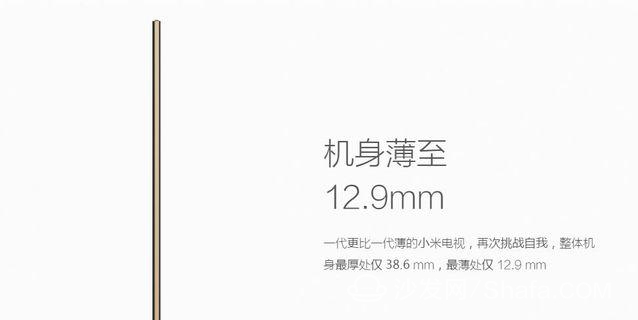
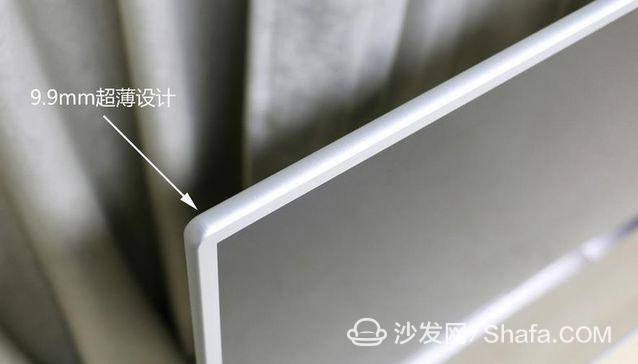
However, although glass light guides can make screens thinner and lighter, glass light guides have many drawbacks:
First, the cost increase is around 2,000 yuan, requiring consumers to pay for it;
Second, the light efficiency is not high and the power consumption is greater (cost increase);
Third, easy color shift;
Fourth, foreign materials are easily generated because the glass light guide plate needs to be glued;
Fifth, the use of glass light guide plate as the main structural support, the metal wire drawing back plate for the structural sub-support, the overall strength is still insufficient.
If you do not care about the above shortcomings, then more than 2,000 more to buy this 3 mm thickness it.
What is certain is that 2016 will be a year in which the television circle will break out collectively. The suffocation between several brands will also become more intense. Xiaomi and LeTV are the two Internet brands most concerned about in the industry, and their high-end flagships are also released. Each has its advantages. Millet pays more attention to cost-effectiveness and close to young people. LeTV will use fine materials in pursuit of higher quality, but it will also bring certain disadvantages. Consumers also need to pay for high costs.
The battle of internet brand TV has only just begun. In the future, who can be more close to more consumers, have more users and content, and whoever will have more right to speak.
Smart TV/box information can focus on smart TV information network sofa butler (http://), China's influential TV box and smart TV website, providing information, communication, TV boxes, smart TVs, smart TV software, etc. Answering questions.
800 Puffs Disposable ecig have a completely enclosed design, reducing the need for charging and replacing cartridges. The no-charge design also reduces the occurrence of faults. It is understood that with rechargeable e-cigarettes, each cartridge needs to be charged at least once and the battery efficiency is extremely low, while the design of disposable ecig can solve this problem very well.
800 Puff E-Cigarette,800 Puff E-Cigarette For Sale,Best 800 Puff E-Cigarette,Best 800 Puff E-Cigarette For Sale
Shenzhen E-wisdom Network Technology Co., Ltd. , https://www.healthy-cigarettes.com